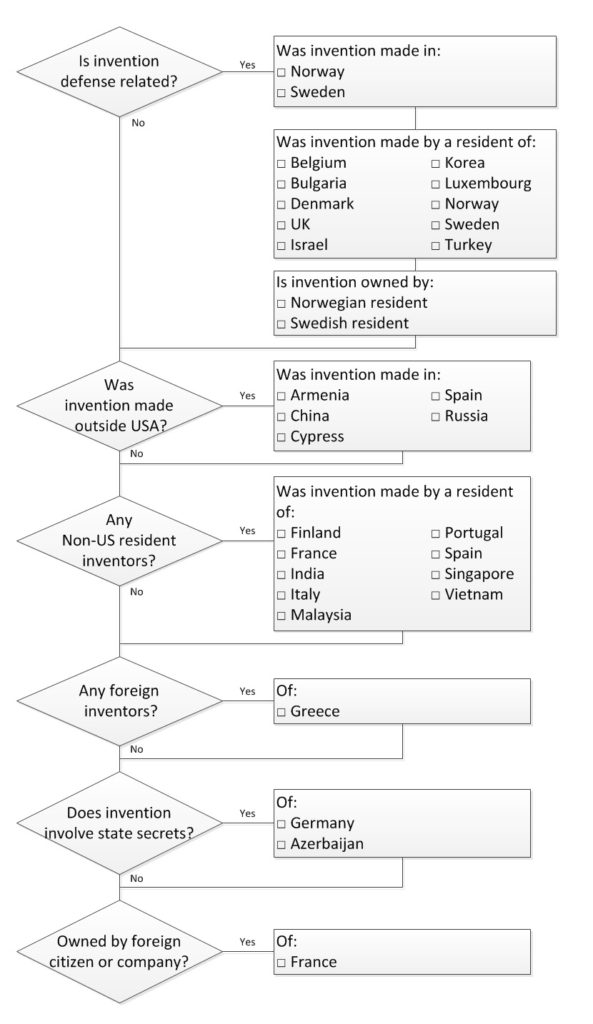In Georgetown Rail Equipment Company v. Holland L.P., [2016-2297] (August 1, 2017), the Federal Circuit affirmed judgment of infringement and the award of lost profits and enhanced damages for infringement of U.S. Patent No. 7,616,329 on a system and method for inspecting railroad tracks.
Holland challenged the district court’s conclusion that the claim language “mounted on a vehicle for movement along the railroad track” was not a claim limitation. The Federal Circuit noted that whether to treat a preamble as a limitation is a determination resolved only on review of the entire patent to gain an understanding of what the inventors actually invented and intended to encompass by the claim, add that there is no simple test for understanding the import of the preamble.
Generally the preamble does not limit the claims, however, a
preamble may be limiting if:
- it recites essential structure or steps;
- claims depend on a particular disputed preamble phrase for antecedent basis.
- the preamble is essential to understand limitations or terms in the claim body.
- the preamble recites additional structure or steps underscored as important by the specification.
- there was clear reliance on the preamble during prosecution to distinguish the claimed invention from the prior art.
On the other hand a preamble is not a claim limitation if the claim body defines a structurally complete invention and uses the preamble only to state a purpose or intended use for the invention.
The Federal Circuit agreed with the district court that the preamble was not a limitation, noting In the context of the entire patent, it is apparent that the term “mounted on a vehicle for movement along the railroad track” is meant to describe the principal intended use of the invention but not to import a structural limitation or to exclude from the reach of the claims an assembly that does not include a vehicle mount.
Holland argued that it did not infringement the patent because some of the processing of the acquired data was performed by a third party. However, the Federal Circuit none-the-less found that Holland used the claim system despite the fact that third parties operated parts of the system.
With respect to damages, the Federal Circuit found that there was a legally sufficient evidentiary basis in the record from which a reasonable
jury could have found that Georgetown would have received business from Union Pacific for data collection services if Holland’s infringing product was not in the market, supporting an award of lost profits.
Finally with respect to enhanced damages, the Federal Circuit found substantial evidence supports the jury’s finding that subjective recklessness led to willful infringement. While Holland disputed many of the facts, the Federal Circuit said that the jury was free to decide whose evidence it found more compelling on the question of willfulness and found in Georgetown’s favor.
While the Federal Circuit has long held that in many if not most cases, the preamble of a claim is a not limitation, the reason to ignore words that the inventor selected to describe the invention has never been clear. Given the strictness with which other words in the claim are construed, giving a fee pass for some words simply because they appear before the colon seems inconsistent.

